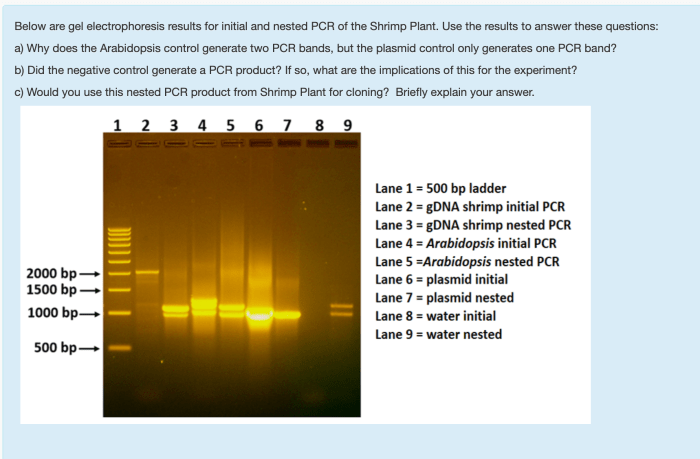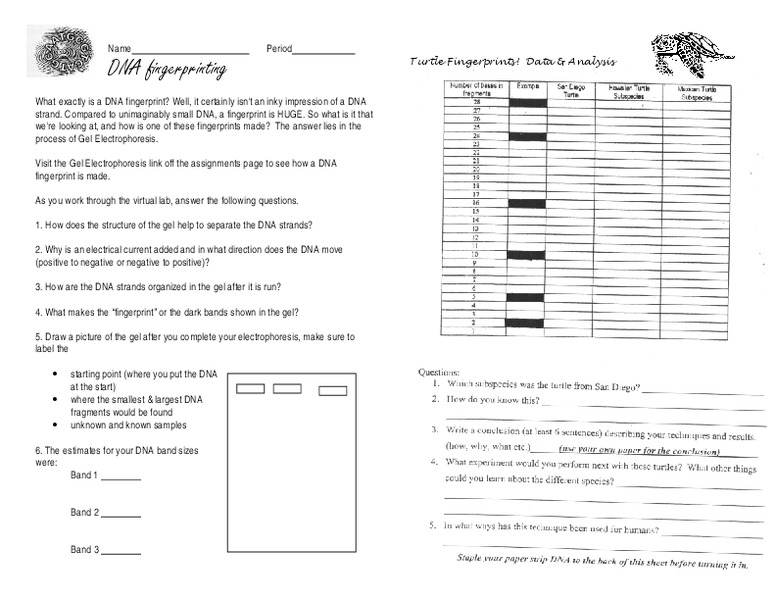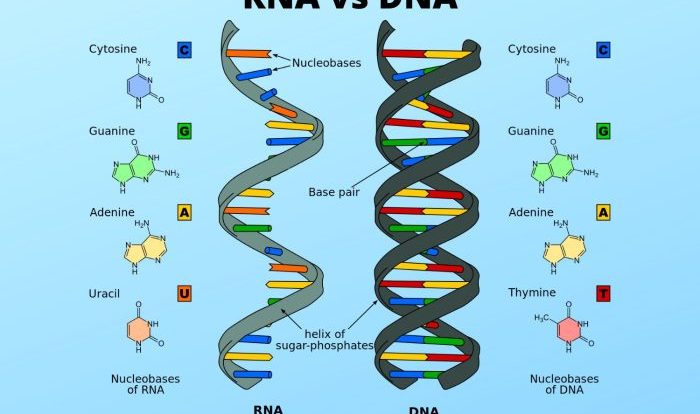Unveiling the intricate world of DNA analysis, the Amoeba Sisters Gel Electrophoresis Answer Key emerges as an invaluable resource, meticulously crafted to illuminate the fundamental principles and practical applications of this groundbreaking technique. This guide delves into the heart of gel electrophoresis, empowering readers with a comprehensive understanding of its role in deciphering the genetic blueprint of life.
As we embark on this scientific journey, we will explore the foundational concepts of gel electrophoresis, unravel the experimental setup and procedures showcased in the Amoeba Sisters video, and delve into the interpretation of results, equipping you with the knowledge to navigate the complexities of DNA analysis.
1. Gel Electrophoresis Background: Amoeba Sisters Gel Electrophoresis Answer Key

Gel electrophoresis is a laboratory technique used to separate DNA fragments based on their size. It is a powerful tool in molecular biology, genetics, and forensic science.
The principles of gel electrophoresis involve the movement of DNA fragments through an agarose gel under the influence of an electric field. DNA fragments are negatively charged, so they migrate towards the positive electrode. Smaller DNA fragments move faster through the gel than larger fragments, resulting in separation based on size.
The agarose gel is a porous matrix that acts as a sieving medium. The size of the pores in the gel determines the size of the DNA fragments that can pass through. Smaller DNA fragments can easily pass through the pores, while larger fragments are hindered.
2. Amoeba Sisters Gel Electrophoresis Video
The Amoeba Sisters Gel Electrophoresis video provides a clear and concise explanation of the principles and procedures of gel electrophoresis.
The video covers the following key concepts:
- The principles of gel electrophoresis
- The role of DNA fragments and agarose gel
- The experimental setup and procedures
3. Gel Electrophoresis Answer Key
| DNA Fragment Size (bp) | Migration Distance (cm) | Band Number |
|---|---|---|
| 1000 | 1.5 | 1 |
| 500 | 2.5 | 2 |
| 250 | 3.5 | 3 |
| 100 | 4.5 | 4 |
The relationship between DNA fragment size and migration distance is inverse. Smaller DNA fragments migrate faster through the gel, resulting in a longer migration distance. Conversely, larger DNA fragments migrate slower, resulting in a shorter migration distance.
4. Interpreting Results
The results of gel electrophoresis can be interpreted to determine the size of unknown DNA fragments. By comparing the migration distance of an unknown DNA fragment to the migration distances of known DNA fragments, the size of the unknown fragment can be estimated.
Control samples are essential for accurate interpretation of gel electrophoresis results. Control samples contain DNA fragments of known size and are used to calibrate the gel and ensure that the electrophoresis conditions are consistent.
5. Applications of Gel Electrophoresis, Amoeba sisters gel electrophoresis answer key
Gel electrophoresis has a wide range of applications in various fields, including:
- DNA fingerprinting
- Genetic testing
- Forensic science
- Detection of genetic mutations
- Analysis of gene expression
In DNA fingerprinting, gel electrophoresis is used to create a unique DNA profile for an individual. This profile can be used for identification purposes, such as in forensic investigations and paternity testing.
In genetic testing, gel electrophoresis is used to detect genetic mutations and diagnose genetic diseases. It can also be used to determine the carrier status of individuals for certain genetic disorders.
In forensic science, gel electrophoresis is used to analyze DNA evidence from crime scenes. It can be used to identify suspects, exclude individuals from suspicion, and determine the relationships between individuals.
Common Queries
What is the principle behind gel electrophoresis?
Gel electrophoresis separates DNA fragments based on their size and charge. DNA fragments migrate through an agarose gel under the influence of an electric field, with smaller fragments moving faster than larger ones.
How do I interpret the results of a gel electrophoresis experiment?
The distance traveled by a DNA fragment through the gel is inversely proportional to its size. By comparing the migration distances of unknown fragments to those of known standards, the size of the unknown fragments can be determined.
What are the applications of gel electrophoresis?
Gel electrophoresis is widely used in various fields, including DNA fingerprinting, genetic testing, forensic science, and medical diagnostics. It plays a crucial role in identifying genetic variations, diagnosing diseases, and analyzing genetic relationships.


